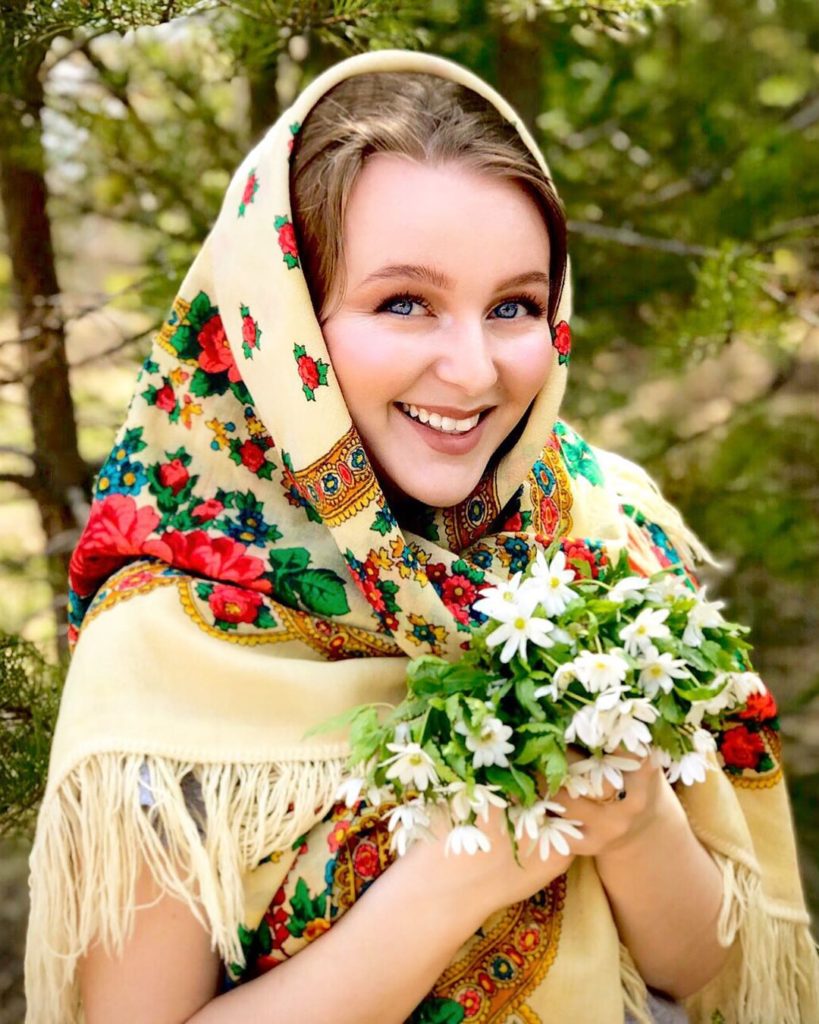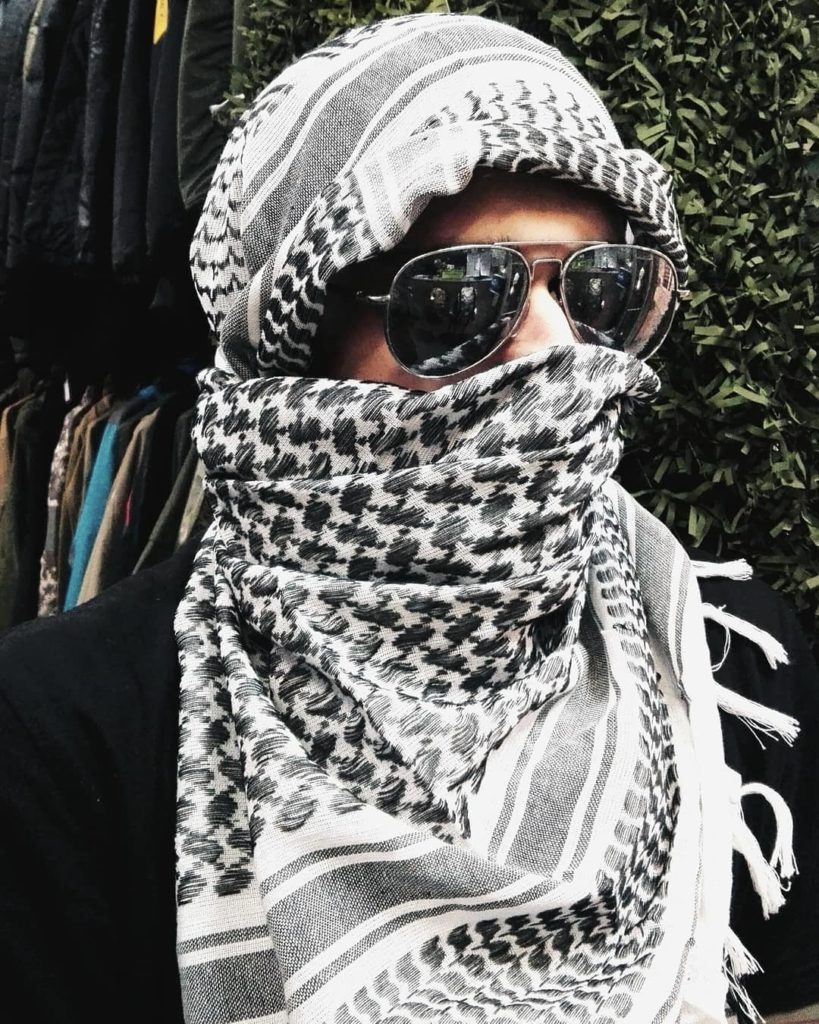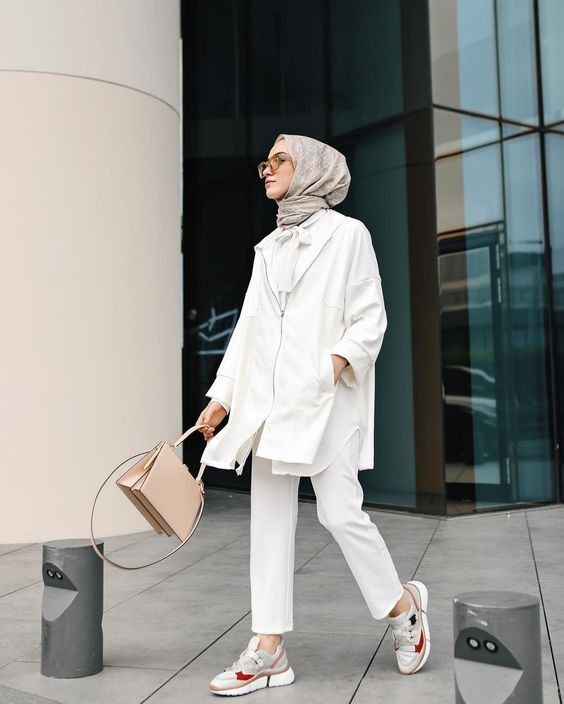The history of wearing a headscarf is a whole era, interesting for its traditions, customs and incredible facts, part of almost all world religions and an integral attribute of every fashionable era.

The tradition of covering one's head appeared even before the birth of all existing religions. Several decades ago, archaeologists demonstrated an amazing discovery to the world. These were small figurines of ancient women, whose heads were decorated with scarves. This find was dated to the fourth millennium BC, the period of Mesopotamia - the greatest civilization of the ancient world in the Middle East.
According to historical sources, another mention of a scarf as a headdress dates back to the second half of the 4th millennium BC. during the reign of the Egyptian pharaohs. On ancient rock frescoes and manuscripts, male silhouettes are clearly visible, and their bodies are dressed in armor and a scarf is tied in a knot on their heads. This accessory was a symbol of a noble family, worn by the pharaoh, as well as by the warriors closest to him.Assyrian and Egyptian women of that time also wore a headdress, but did not have the right to tie it. Their scarf was made of white linen or silk and covered the head, attached to the hair with special clasps.
From time immemorial, inhabitants of the sandy deserts of Africa, Mauritania and Tunisia wore a scarf covering their head, part of the face and neck. This scarf, called a shemagh, was and is still worn exclusively by men.

It is impossible to imagine the image of a Russian beauty with her head uncovered. If a girl went out without a headscarf, they said about her: “Like a church without domes.” Old Believers claim that the scarf in Rus' has always had a sacred meaning. If a child fell ill, the mother always wiped him with her handkerchief; the baby’s cradle was also covered with this thing during sleep. Women believed that this would calm the baby and give him health. This attribute was often used by unmarried young ladies during fortune telling on the Christmas and Kupala holidays.
Nowadays, in some Arab countries, women wear a beautiful headscarf called a hijab. This headdress is obligatory and symbolizes submission to a husband or father, holy faith in Allah, tenderness and chastity.

Today, wearing a headscarf has not lost its relevance. This popular and always fashionable accessory will decorate any girl. Modern designers offer the following models: